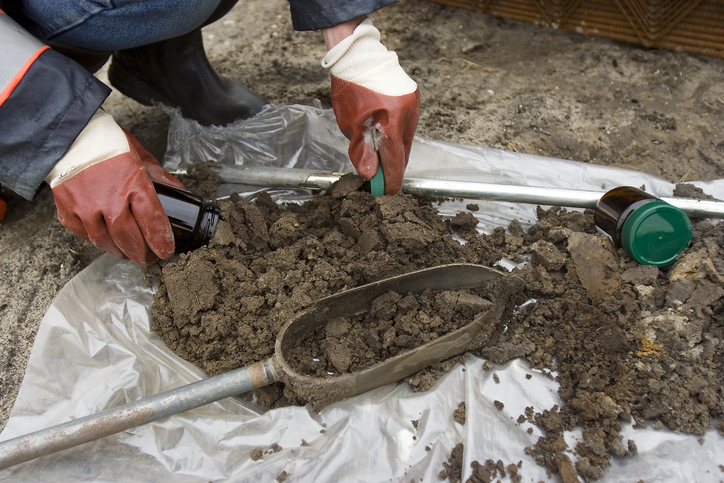Soil sampling is foundational to growers’ efforts to maximize agricultural yields and minimize input costs.
The benefit is that soil sampling sheds light on the composition and fertility of the soil, enabling growers to make informed choices about fertilizer, manure, and lime application rates. Sampling can increase crop yields , cost savings, and a reduced environmental footprint when done correctly.
However, knowing how, where, and when to conduct sampling is key to achieving these benefits, resulting in positive outcomes for growers and increased soil sustainability over time.
Understanding When and How to Conduct Soil Sampling
Soil sampling can be conducted in the fall or spring — either season is an excellent time to assess the potassium, phosphorus, lime, sulfur, and micronutrient adjustments needed in the soil. In certain scenarios, like when measuring for nitrogen needs, plan on taking measurements over time and tracking nitrogen levels in both soil organic matter and residual soil (nitrate-N).
Effective soil sampling requires representative samples from the field. The chosen sampling pattern should align with specific nutrient management decisions — sometimes, random samples will suffice. However, a more stringent sampling method may be required due to the variability of soil types, cropping history, and erosion in the field.
In instances where soil types or previous management practices cause variations in nutrient availability, grid sampling areas spanning one to 2.5 acres may be the best method. Similarly, zone or directed sampling can be deployed if you discover soil consistency from one layer to another.
Focus on Soil Sampling Depth
Sampling depth can play a role in the accuracy of soil samples. Representing the root zone where plants access nutrients in the measurement is key, but this depth must also align with the calibration data set used for soil test interpretation. During dry years, when soil is resistant to probing, there is a risk of inadequate depth, which may lead to artificially high soil test results and underestimating necessary fertilizer rates.
Soil samples for needs such as soil pH, soil organic matter, and non-nitrogen nutrients should be collected at less than 8 inches. Each sample should contain thoroughly mixed soil from at least 12 locations within the sampling zone. An ideal sampling zone should cover 40 acres or less.
Soil sampling is a crucial practice that directly impacts crop yield and efficiency. Growers investing in new agricultural equipment must understand the importance of proper sampling techniques, timing, and depth to maximize their agricultural endeavors. Nutrient vigilance matters — locate a John Deere dealer near you to learn more about the necessary equipment to manage your soil nutrient needs.
